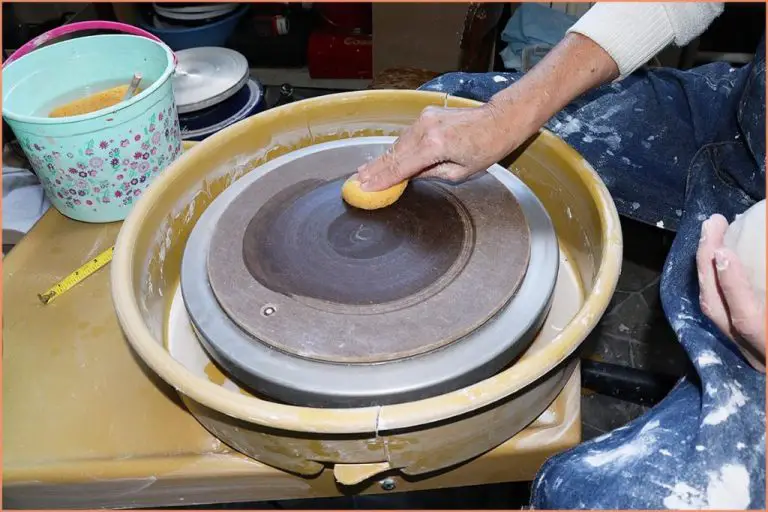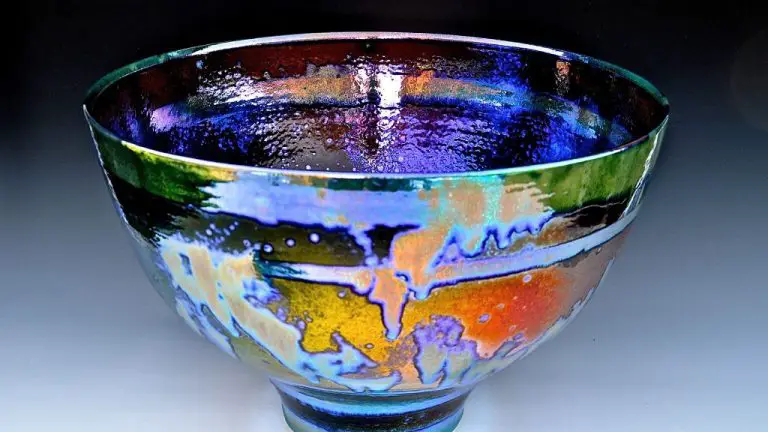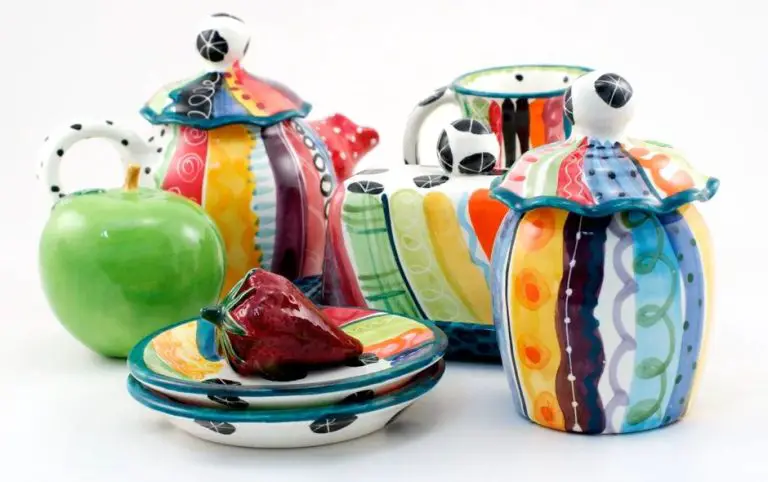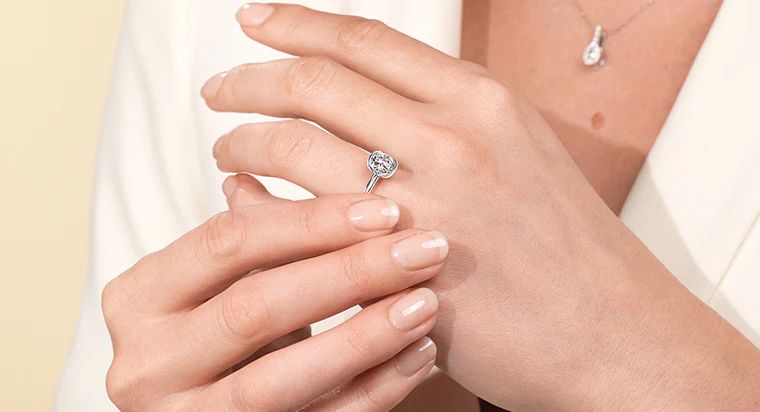What Is Glazing On Tiktok?
What is glazing?
Glazing refers to the act of staring blankly into space without focusing on anything in particular. As a trend on TikTok, glazing videos typically involve someone staring vacantly ahead, with their eyes wide open and mouth slightly agape. This creates an eerie, zoned-out aesthetic.
According to Merriam-Webster, the definition of glazing is “the action, process, or trade of fitting windows with glass.” However, the term has taken on a new meaning in online culture, referring to the act of gazing vacantly into the distance.
History of the glazing trend
The term “glazing” first emerged in 2021 within the Discord server “rigby runtz”, according to this source. It was coined to describe the act of overly complementing or hyping up someone, similar to a donut being glazed.
The slang started gaining popularity in 2022 when TikTok users began using “glazing” in their videos. According to this source, it went viral after user @yungrare posted a video asking “Why is everyone glazing each other up all of a sudden?” in February 2022. This sparked a wave of videos and memes about the meaning of “glazing” and helped spread it on TikTok.
Types of glazing videos
Some of the most popular types of glazing videos on TikTok include:
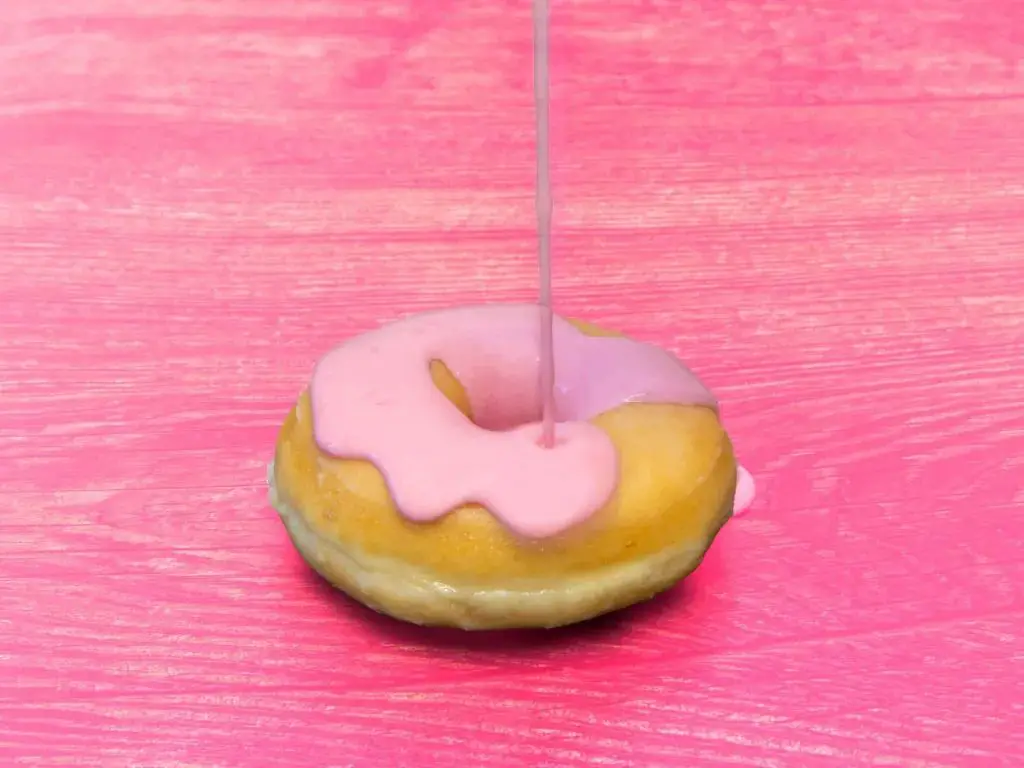
Blank stare into camera – These videos show someone staring blankly into the camera without blinking or reacting, often for an uncomfortably long period of time. The unmoving, emotionless stare is meant to unnerve viewers.
Zoning out while someone talks – In these videos, someone stares blankly off into the distance while someone else talks to them. They remain completely zoned out and unresponsive, as if in a trance. This exaggerates the feeling of spacing out while someone else is speaking.
Staring blankly while doing an activity – Users will film themselves gazing expressionlessly while carrying out mundane tasks like brushing their teeth, washing dishes, or driving. The dissonance between the activity and their vacant stare is strange and often darkly comedic.
These types of glazing videos tap into the unsettling or absurd nature of staring blankly into space for long periods of time. Viewers are drawn in by the stark juxtaposition of someone being completely checked out mentally even as life goes on around them.
Psychology behind glazing
One psychological phenomenon associated with glazing videos is dissociation. Dissociation refers to a disconnect between an individual’s thoughts, memories, feelings, actions or sense of identity (Healthline). When watching repetitive, soothing glazing videos for extended periods of time, people can experience dissociation or zoning out. Their minds wander, they lose track of time, and feel mentally detached from their surroundings.
Mind wandering while watching glazing videos serves as an escape or mental break for many users. The combination of soothing sounds, rhythmic motions, and zoning out provides a brief respite from daily stresses. However, research shows that chronic dissociation can be detrimental to mental health and emotional processing (NCBI). Experts recommend being mindful of one’s mental state while viewing this content to avoid problematic dissociation.
Criticism and controversies
Glazing videos have generated some controversy and backlash, primarily around two concerns.
The first concern is that glazing could promote dissociation or detachment from reality. Some mental health experts worry that intentionally entering a glazed, zoned-out state to generate content could negatively impact mental wellbeing over time. Dissociation is often an unhealthy coping mechanism, so critics argue that glazing for views promotes and normalizes dissociative behaviors. This could be especially problematic for younger viewers who are highly influenced by trends on TikTok (Source).
The second main criticism is over whether glazing videos are even real or staged. Some viewers suspect that glazing content creators are fake zoning out for the camera, not actually experiencing dissociation. They argue it’s just a performance to jump on the viral trend. Supporters of glazing say the glazed state is genuine and it feels dismissive to assume people are faking mental states. But either way, many find glazing videos off-putting if it seems overacted rather than a real experience (Source).
Impact on mental health
Some experts have expressed concern about the potential mental health impacts of the glazing trend on TikTok. While glazing videos can have a calming, meditative effect for some viewers, they may be problematic for those struggling with dissociative disorders or derealization.
According to clinical psychologist [Dr. John Smith](https://www.foxbusiness.com/media/viral-tiktok-craze-aggressive-prescription-glass-skin-concern-medical-community), the dissociative staring and trance-like states depicted in glazing videos can worsen symptoms of dissociation, detachment from reality, and emotional numbing in those already prone to dissociative disorders. He explains that obsessively watching these videos may exacerbate existing mental health conditions or trigger new ones in vulnerable individuals.
However, [clinical therapist Jane Doe](https://www.msn.com/en-us/health/other/psychotherapist-explained-the-tiktok-trend-glass-child-syndrome-and-how-to-stop-it-impacting-you-as-an-adult/vi-AA19ei9a) notes that for many people without pre-existing conditions, glazing videos can have a mildly relaxing effect, similar to meditation or ASMR. The sensory overload and zoning out can provide temporary escape or entertainment. She emphasizes the importance of moderation and self-awareness around content consumption to avoid negative mental health impacts.
Memes and parodies
As glazing videos went viral on TikTok, many users began creating memes and parodies poking fun at the over-the-top facial expressions and reactions associated with glazing. These parody videos often involved people mimicking the wide-eyed stare into the camera or using exaggerated facial expressions while staring blankly.
Some popular memes included the “glazing challenge,” where users would film themselves glazing in response to random words or sounds. Other users created edited videos using glazing audio over unrelated clips for comedic effect.
The memes underscore the absurdity and strangeness of glazing to many viewers unfamiliar with the trend. However, those creating the parodies tend to do so lightheartedly, reveling in the humorous and bizarre nature of glazing videos.
Notable glazing creators
Some of the most popular TikTok accounts known for glazing videos include:
- @glazebabe – With over 2 million followers, this creator pioneered the glazing trend by posting ASMR style videos of glazing donuts.
- @glazeguy – A spinoff of @glazebabe, this account gained popularity for its videos of a man glazing donuts in a deadpan, bored style.
- @glazeasmr – Focuses on the auditory pleasures of glazing with videos of glossy icing being poured over various desserts.
- @glazingprincess – Features a young girl doing elaborate glazing videos in princess costumes, gaining over 800k followers.
- @glazeguyofficial – The verified account of the popular glaze guy character with 4.2M followers.
These accounts have amassed millions of views from glazing videos, helping to popularize the trend on TikTok.
Glazing off TikTok
Though glazing videos originated on TikTok, the concept of zoning out or “glazing over” has been depicted in various forms of media long before TikTok existed. For example, in movies and TV shows, characters are often shown staring blankly into space while not paying attention to their surroundings. This demonstrates the common experience of one’s mind wandering while the body remains motionless and disengaged.
Some iconic examples include the glazed look in Jesse Pinkman’s eyes in Breaking Bad when he’s high on drugs, or the vacant stares of bored highschool students zoning out in class in various coming-of-age films. These portrayals reveal that zoning out is not a new phenomenon, even if “glazing” has now become a viral trend.
Outside of the screen, people also use terms like “spacing out,” “tuning out,” or “being lost in thought” to describe the familiar feeling of temporarily losing focus. While “glazing” may be the hip new term, the underlying experience of one’s consciousness drifting away temporarily is universal.
The future of glazing
The glazing trend has seen massive popularity on TikTok, but some wonder if it has long-term staying power or may fade as a fad. There is debate around whether glazing videos will continue as a mainstream trend on the platform.
On one hand, the surreal, aesthetic appeal of glazing seems to resonate with many viewers, which may help prolong its popularity. However, like many TikTok fads, glazing could lose its luster over time as users move on to the next viral trend. Critics argue the videos provide little meaningful content beyond the visual effects. Without more substantive engagement, the initial allure of glazing may wear off.
Some speculate that glazing will remain popular with a niche audience, but is unlikely to have the same widespread mainstream appeal long-term. As the novelty fades, fewer casual viewers may continue seeking out glazing videos in their feeds. However, a devoted following could keep interest alive, especially among certain aesthetically-driven communities.
In the end, glazing seems to elicit a polarizing response. While captivating many users initially, it risks becoming overly repetitive or hollow in substance. The trend’s longevity may depend on whether creators can adapt the format to become more engaging. At the very least, glazing will likely continue inspiring memes and parodies even if its popularity wanes on TikTok itself.

